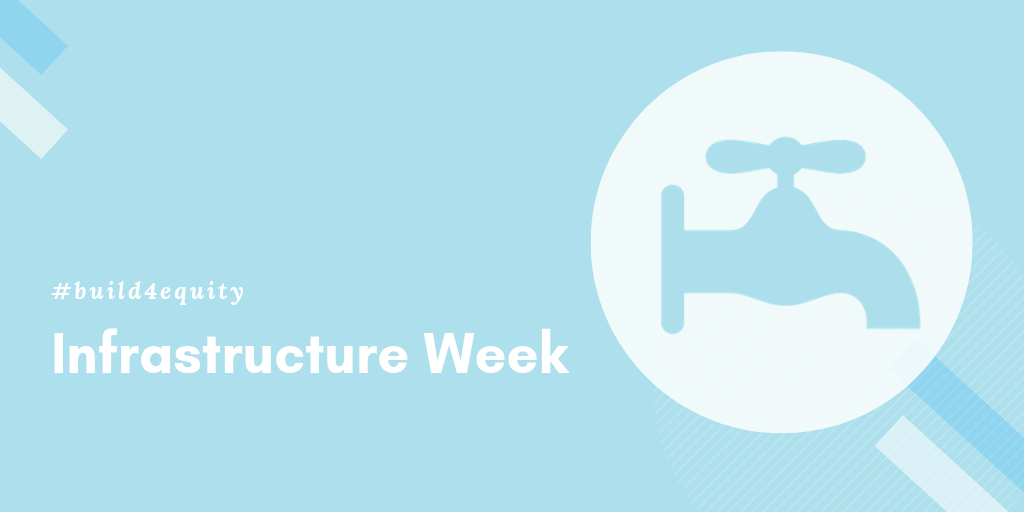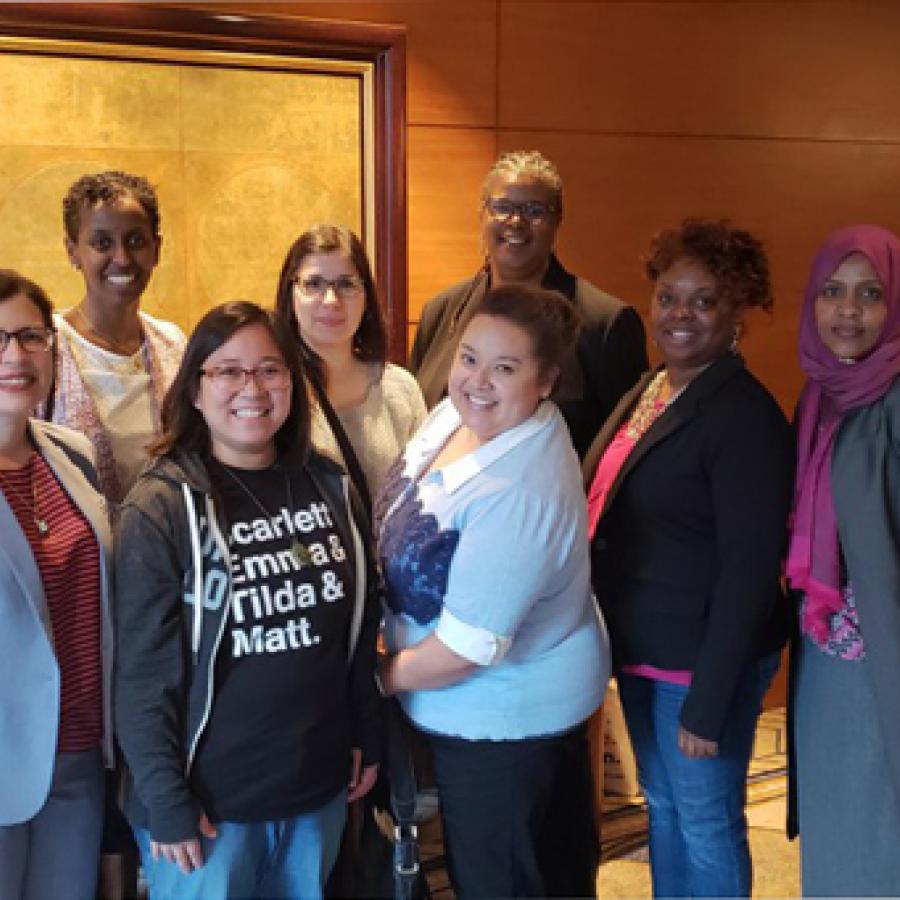Safe and Affordable Water is a Critical National Imperative

With mounting and devastating water challenges in America, we can leverage Infrastructure Week to turn urgent attention to ensuring both the human right to clean water and to focusing on the climate mitigations to address the droughts, floods, and sea-level rise that threaten our water futures.
For an increasing number of communities in the United States, their water is unsafe and having negative impacts on health. Nearly 77 million U.S. residents are served by drinking water systems with one or more Safe Drinking Water Act violations. Race and income are central factors in both urban and rural water vulnerabilities, and many studies have found links between poor water quality and low-income communities of color. Over the last few years, lead has been documented in school water in 26 states. Today, the U.S. ranks 36th in the world in terms of access to water and sanitation.
The crisis of water affordability is mounting. The lowest 20 percent of income earners pay 20 percent of their monthly income for water. If rate hikes continue at their pace of the last decade, more than one-third of all U.S. households, 35.6 percent, will be unable to afford running water in the next five years. Estimates of the cost to replace aging infrastructure in the United States alone project over $1 trillion dollars needed in the next 25 years to replace systems built circa World War II, which could triple the cost of household water if current rate payers are required to shoulder the bills. An estimated 15 million people in the United States experienced a water shutoff in 2016 with the highest shutoff rates in lower-income cities with higher rates of poverty. The decline of federal investment has removed a valuable funding source to support maintenance and replacement of safe drinking and wastewater systems. Cities, states, and water customers are increasingly shouldering the bulk of costly maintenance and repair responsibilities to protect the health, quality, and accessibility of their water.
Climate-related flooding, sea level rise, and waste water exposures are steeply increasing—threatening both drinking water and wastewater systems. An increase in the number of extreme weather events can overwhelm water systems and impact those residing in vulnerable neighborhoods—including sewage backups, sewage overflows into water sources, and the flooding of homes, businesses, and neighborhoods with toxic runoff. The capacity for lower-income communities to recover is severely compromised. Almost five million people and 2.6 million homes are within zones vulnerable to sea level rise predicted to be inundated by the end of the century. Studies estimate that adaptations to water systems to deal with climate change will warrant investment in the United States of more than $36 billion by 2050.
The critical imperative to increase water infrastructure investment offers an opportunity to align major economic opportunities with the demographic shifts underway. With chronic labor shortages and an aging workforce in the water sector, new investment creates an opportunity to tackle the legacy of racial and gender discrimination in the water infrastructure and construction industries and the need for good employment for young workers. While opportunities remain underdeveloped, demonstrated success in local hire measures, local procurement policies, and supply-side training and support all offer pathways to both increase the equitable outcomes across communities and address the climate resilience of diverse environments.
Policy Priorities for Water Equity and Climate Resilience
As Congress and the President discuss a potential new infrastructure bill, and as architects of the Green New Deal flesh out policy proposals, they should ensure they address the water threats to communities of color, Indigenous communities, and low-income communities to deliver improved water equity and climate resilience.
- Guarantee universal access to safe and affordable water. Ensure water infrastructure investments are equitable and prioritize vulnerable communities for safe and affordable drinking water, sanitation, and storm water management. Philadelphia has an exemplary ‘tiered-assistance’ program for affordability and universal access.
- Ensure vulnerable communities—low-income communities and communities of color, and those proximate to climate threatened waters—engage in water planning, governance, and implementation of resilience measures. Cleveland’s Climate Action Plan embedded equity provisions into its plan and targeted vulnerable communities in its water provisions.
- Address historic economic disparities and dislocations by increasing educational, job, and business opportunities for low-income people and people of color in designing, building, operating, and maintaining communities’ next generation of green and sustainable water infrastructure. The San Francisco Public Utilities Commission has structured targeted local hiring and inclusive procurement; and the Emerald Cities Collaborative runs training for businesses of color to successfully compete in water infrastructure build out contracts to address economic inclusion of communities left behind in the current economy. The EPA Brownfields Environmental Workforce Development and Job Training Grants and the Environmental Health Sciences Environmental Career Worker Training Program both provide effective opportunities for disadvantaged workers and opportunity youth to enter the water and green infrastructure careers.
- And finally, honor the cultural and spiritual access to water that communities depend upon in public lands policy and protections.
